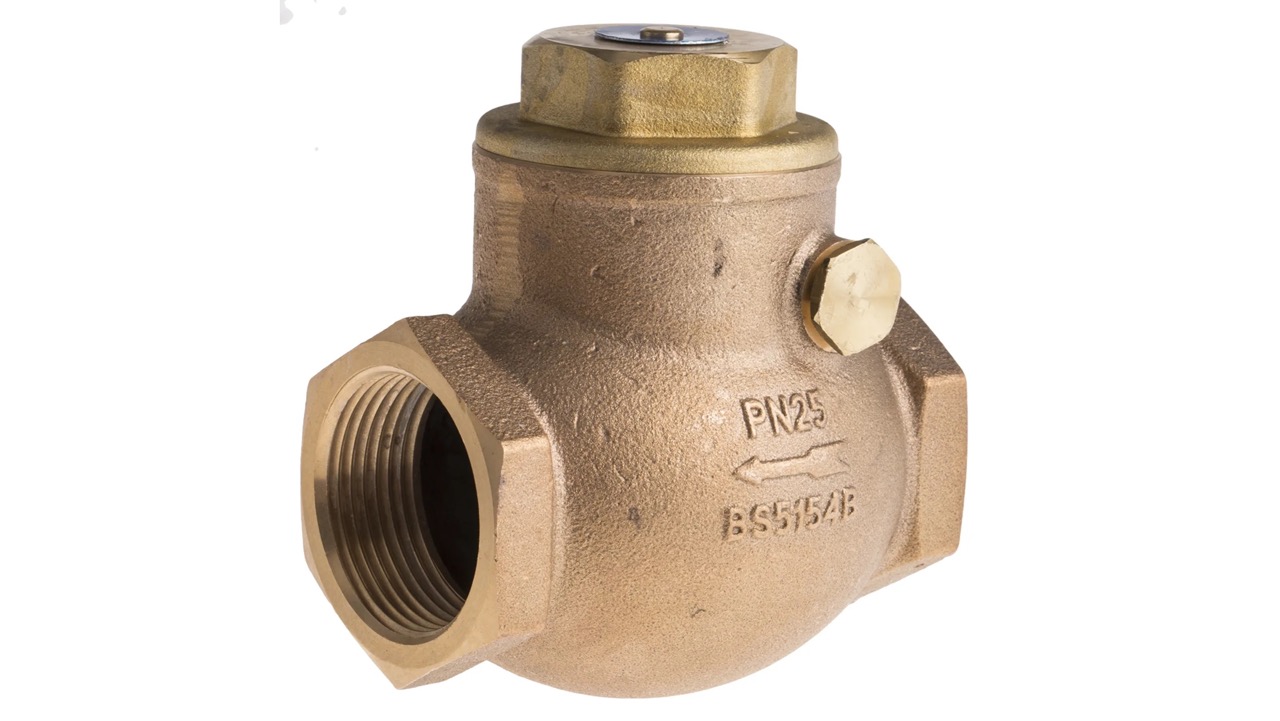

Articles
What Is A Check Valve In Plumbing
Modified: January 8, 2024
Learn all about the function and importance of check valves in plumbing systems. Read informative articles on how check valves work and their benefits.
(Many of the links in this article redirect to a specific reviewed product. Your purchase of these products through affiliate links helps to generate commission for Storables.com, at no extra cost. Learn more)
Introduction
Welcome to the world of plumbing! Whether you are a homeowner or a professional plumber, understanding the various components of a plumbing system is essential. One such component that plays a crucial role in maintaining the efficiency and functionality of plumbing systems is the check valve.
A check valve, also known as a non-return valve or one-way valve, is a device that allows the flow of fluids or gases in one direction only while preventing backflow. It acts as a gatekeeper, ensuring that the fluid or gas moves forward and doesn’t return or flow back into the previous section of the plumbing system.
In this article, we will explore the definition, functionality, and different types of check valves used in plumbing systems. We will also discuss the benefits of using check valves, their common applications, installation tips, and maintenance practices to keep them in optimal condition.
So, let’s dive into the world of check valves and discover their importance in plumbing systems!
Key Takeaways:
- Check valves are essential gatekeepers in plumbing systems, preventing backflow and safeguarding water quality. Understanding their types, benefits, and proper installation is crucial for maintaining efficient and reliable plumbing operations.
- Regular maintenance and troubleshooting of check valves are vital to ensure their optimal performance and longevity. By following manufacturer’s recommendations and seeking professional assistance when needed, homeowners and plumbing professionals can uphold the integrity of their plumbing systems.
Read more: What Is A Gate Valve In Plumbing
Definition of a Check Valve
A check valve is a mechanical device that allows fluid or gas to flow through it in only one direction while preventing backflow. It acts as a gatekeeper in a plumbing system, ensuring that the flow moves forward and doesn’t reverse or flow back into the previous section of the system.
The purpose of a check valve is to prevent the reversal of fluid flow, which can occur due to pressure changes, pump failures, or other factors. By allowing flow in only one direction, check valves help maintain the efficiency and integrity of plumbing systems.
Check valves come in a variety of sizes and designs, but they all share the common goal of ensuring that fluid or gas moves forward and doesn’t flow back. They are typically made of materials such as brass, stainless steel, or PVC, depending on the specific application and the type of fluid or gas being transported.
One key characteristic of check valves is their ability to open and close based on the force or pressure of the fluid or gas flow. When the flow moves in the desired direction, the valve opens, allowing unrestricted passage. However, when the flow tries to reverse, the valve closes, preventing backflow.
It is important to note that while check valves are incredibly useful in preventing backflow, they do have limitations. For example, they may not be able to completely prevent backflow in certain situations, such as when there is low pressure or a sudden change in the flow direction. Therefore, additional measures like backflow prevention devices may be required to ensure complete protection against backflow.
Overall, check valves are essential components in plumbing systems, as they play a vital role in maintaining flow direction and preventing potential damage caused by reverse flow. They help ensure the safety, reliability, and efficiency of various plumbing applications, including water supply systems, wastewater systems, irrigation systems, and more.
How Does a Check Valve Work?
The functionality of a check valve is relatively simple yet essential in maintaining the proper flow direction in a plumbing system. A check valve operates based on the principles of pressure differentials and mechanical design.
When fluid or gas flows in the desired direction, the pressure in the pipeline or plumbing system overcomes the resistance of the check valve mechanism, causing it to open and allow the flow to pass through without obstruction. This ensures an uninterrupted flow in the forward direction.
However, when the flow tries to reverse, the pressure differential across the check valve changes. Depending on the design of the check valve, this pressure change triggers the closure mechanism, preventing backflow. The valve mechanism may be a swinging disc, a hinged flap, a ball with a seat, or other variations.
For example, in a swing check valve, a disc or a hinged flap is attached to the top of the valve. When the forward flow pushes against this disc, it swings open, allowing fluid or gas to pass through. However, as soon as the flow tries to reverse, the disc swings back into place, sealing the valve and preventing backflow.
In a ball check valve, a ball is positioned within a seat that forms a seal when the flow is in the forward direction. The fluid or gas pushes the ball away from the seat, allowing the flow to pass. But when the flow tries to reverse, the pressure pushes the ball against the seat, creating a seal and preventing backflow.
The specific design and working mechanism of a check valve may vary depending on its intended application and the nature of the fluid or gas being transported. Some check valves may have additional features such as spring-loaded mechanisms to ensure quick closure and prevent any potential leakage.
It’s important to note that while check valves effectively prevent backflow in most situations, they do have limitations. Certain conditions, such as low pressure or high flow rates, may impact the performance of check valves. Additionally, debris or sediment in the fluid or gas can hinder their proper functioning. Regular maintenance and periodic inspections are essential to ensure that check valves are working optimally.
In summary, check valves operate based on pressure differentials and mechanical design to allow flow in one direction while preventing backflow. Their simple yet effective mechanism makes them reliable components in plumbing systems, ensuring the efficiency, safety, and integrity of fluid and gas transportation.
Types of Check Valves in Plumbing
Check valves are available in various designs and configurations to accommodate different plumbing system requirements. Here are some common types of check valves used in plumbing:
- Swing Check Valve: Also known as flap check valves, swing check valves consist of a swinging disc or flap that opens and closes against a seat. When the flow is in the forward direction, the swing check valve opens, allowing fluid or gas to pass through. However, when the flow tries to reverse, the disc swings back into place, sealing the valve and preventing backflow. These valves are widely used in residential and commercial plumbing systems.
- Ball Check Valve: Ball check valves, as the name suggests, use a ball as the closing mechanism. The ball is typically made of materials such as stainless steel or rubber that can create a tight seal against the seat. When the flow is in the forward direction, the pressure pushes the ball away, allowing fluid or gas to flow. But when the flow tries to reverse, the ball is forced against the seat by the pressure, preventing backflow. Ball check valves are commonly used in water supply systems.
- Diaphragm Check Valve: Diaphragm check valves use a flexible diaphragm as the closing mechanism. This diaphragm moves up and down in response to changes in flow direction and pressure. When the flow is in the forward direction, the diaphragm lifts, allowing fluid or gas to pass. However, when the flow tries to reverse, the diaphragm presses against the seat, creating a seal and preventing backflow. Diaphragm check valves are commonly used in wastewater systems and irrigation systems.
- Lift Check Valve: Lift check valves operate by a disc or a piston that moves vertically to allow or block the flow. When the flow is in the forward direction, the disc or piston lifts, opening the valve and allowing fluid or gas to pass. But when the flow tries to reverse, the disc or piston drops back into place, closing the valve and preventing backflow. Lift check valves are often used in high-pressure applications.
- Tilting Disc Check Valve: Tilting disc check valves have a disc that tilts on a hinge to allow or block the flow. When the flow is in the forward direction, the disc tilts, opening the valve. But when the flow tries to reverse, the disc returns to a vertical position, sealing the valve and preventing backflow. These valves are commonly used in industrial plumbing systems.
The selection of the right type of check valve depends on various factors, including the type of fluid or gas being transported, the pressure and flow rate, the space availability, and the specific requirements of the plumbing system. Working with a professional plumber can help determine the most suitable type of check valve for your specific application.
Understanding the different types of check valves in plumbing systems allows for informed decision-making and ensures the proper functioning and efficiency of the plumbing system. Consult a plumbing expert to determine the best check valve type for your specific needs.
Benefits of Using Check Valves in Plumbing Systems
Check valves offer several benefits when incorporated into plumbing systems. Here are some key advantages of using check valves:
- Prevention of Backflow: The primary function of check valves is to prevent backflow in plumbing systems. Backflow can occur when there is a decrease in pressure, pump failures, or changes in flow direction. Check valves act as a barrier, ensuring that the flow moves in one direction and preventing any reverse flow that could contaminate clean water supplies or damage plumbing equipment.
- Protection of Water Quality: Check valves help maintain the quality of water by preventing the backflow of contaminants into the clean water supply. For example, in residential plumbing systems, check valves prevent wastewater from flowing back into the drinking water supply, ensuring that the water remains clean and safe for consumption.
- Preservation of Pump Efficiency: In applications where pumps are used, check valves help preserve pump efficiency. Backflow can cause pumps to work harder to overcome the reversal of flow and maintain the desired pressure. By preventing backflow, check valves reduce the strain on pumps and help optimize their performance, leading to energy savings and prolonging the lifespan of the equipment.
- Elimination of Water Hammer: Water hammer occurs when there is a sudden change in flow direction or a rapid acceleration or deceleration of water in a plumbing system. It can cause loud banging noises, damage to pipes, and even pipe bursts. Check valves help alleviate water hammer by ensuring a controlled and steady flow, reducing the impact of sudden pressure changes and protecting the plumbing system from potential damage.
- Flexibility and Versatility: Check valves come in various sizes, configurations, and materials to accommodate different plumbing system requirements. This provides flexibility in system design and allows for customization based on specific needs. Whether it’s a residential plumbing system, an industrial application, or an irrigation system, there is a check valve available to suit the unique demands of each system.
- Simple Installation and Maintenance: Check valves are relatively easy to install and require minimal maintenance. Most check valves are designed for straightforward installation in the desired flow direction, and their durable construction ensures longevity and reliable performance. Routine maintenance may include periodic inspections, cleaning, and lubrication of moving parts to ensure optimal functionality.
The benefits of using check valves in plumbing systems are significant. They protect water quality, maintain pump efficiency, prevent water hammer, and offer flexibility and ease of installation. By incorporating check valves into plumbing systems, homeowners and plumbing professionals can ensure the safety, reliability, and longevity of the entire system.
When installing a check valve in plumbing, make sure to position it in the correct direction to allow water flow in the desired direction and prevent backflow. This will help maintain the efficiency and integrity of the plumbing system.
Read more: What Is A Stop Valve In Plumbing
Common Applications of Check Valves in Plumbing
Check valves are widely used in various plumbing applications to ensure the proper flow of fluids and gases while preventing backflow. Here are some common applications of check valves in plumbing systems:
- Water Supply Systems: Check valves play a critical role in water supply systems. They are commonly installed in the main water line to prevent backflow from contaminated water sources, such as irrigation systems or industrial processes, into the clean water supply that is meant for human consumption.
- Wastewater Systems: In wastewater systems, check valves are used to prevent the backflow of sewage or wastewater into the plumbing fixtures and drains. They help maintain the integrity of the plumbing system and prevent the contamination of clean water sources.
- Irrigation Systems: Check valves are essential components in irrigation systems to maintain the proper flow of water and prevent backflow. They ensure that irrigation water does not flow back into the main water supply, protecting against contamination and maintaining the efficiency of the irrigation system.
- Sump Pump Systems: Sump pumps are often installed in basements or low-lying areas to prevent flooding. Check valves are incorporated into sump pump discharge lines to ensure that the water is pumped out and flows away from the building, without the risk of it flowing back into the sump pit during periods of heavy rainfall or high water levels.
- Hydronic Heating Systems: Check valves are used in hydronic heating systems to ensure the proper flow of hot water through radiators or underfloor heating pipes. They help maintain consistent heat distribution by preventing the backflow of cooled water into the supply line, allowing for an efficient heating process.
- Propane or Natural Gas Systems: Check valves are used in gas lines to ensure the flow of gas in one direction, helping to prevent leaks and backflow of potentially dangerous gases. They provide an added layer of safety in gas distribution systems, preventing the gases from flowing back into the supply line or reaching unsafe areas.
These are just a few examples of the common applications of check valves in plumbing systems. The versatility and functionality of check valves make them indispensable in maintaining proper flow direction, protecting water quality, and preventing potential damage or hazards in a wide range of plumbing applications.
Installation Tips for Check Valves in Plumbing Systems
Proper installation of check valves is essential to ensure their optimal performance and functionality in plumbing systems. Here are some helpful tips to consider when installing check valves:
- Choose the Right Type of Check Valve: Select a check valve that is suitable for your specific plumbing application. Consider factors such as flow rate, pressure, fluid or gas type, and the temperature range the valve will be exposed to. Consulting with a professional plumber can help you determine the most appropriate type and size of check valve for your system.
- Install Check Valves in the Correct Orientation: Check valves are designed to allow flow in one direction and prevent backflow. It is crucial to install them in the correct orientation to ensure proper functioning. Most check valves have arrows indicating the flow direction, so make sure to align these arrows with the direction of the desired flow.
- Consider Accessible Installation: When installing check valves, consider accessibility for future maintenance or replacement. Ensure that there is enough space around the valve to allow for easy access, inspection, and potential repairs. This can save time and effort in the long run if any maintenance or troubleshooting is required.
- Properly Secure the Check Valve: Ensure that the check valve is securely fastened into place using appropriate fittings, clamps, or threaded connections. This helps to prevent leaks and ensures that the valve remains in position, even in the event of pressure variations or vibrations within the plumbing system.
- Follow Manufacturer’s Instructions: Refer to the manufacturer’s installation instructions and guidelines specific to the check valve you are using. These instructions may include torque specifications, recommended sealing materials, or other important considerations that can help optimize the performance and longevity of the valve.
- Consider Additional Backflow Prevention Measures: While check valves are effective in preventing backflow, there may be situations where additional backflow prevention devices are necessary. Depending on local codes and regulations, you may need to install other devices such as air gaps, vacuum breakers, or backflow preventer valves to ensure comprehensive protection against backflow.
- Perform Regular Maintenance: Regular maintenance is essential to keep check valves in optimal condition. Inspect the valves periodically for any signs of damage or wear. Clean or replace any components that are worn, damaged, or clogged. Lubricate moving parts if necessary, following the manufacturer’s recommendations.
By following these installation tips, you can ensure that check valves are correctly installed in your plumbing system, providing reliable backflow prevention and maintaining the overall integrity and functionality of the system. When in doubt, it is always recommended to seek the assistance of a professional plumber for proper installation and guidance specific to your plumbing system.
Maintenance and Troubleshooting of Check Valves in Plumbing
Maintenance and regular inspection of check valves are essential to ensure their proper functioning and longevity in plumbing systems. Here are some maintenance tips and troubleshooting techniques to keep check valves in optimal condition:
- Inspect Regularly: Periodically inspect check valves for any signs of wear, damage, or debris accumulation. Look for leaks, cracks, or corrosion on the valve body and fittings. Check for obstructions or build-up that may affect the valve’s performance.
- Clean or Replace Parts: If you notice any debris or sediment buildup on the check valve, clean it thoroughly using appropriate cleaning solutions. For valves with interchangeable parts, replace worn or damaged components, such as seals, discs, or diaphragms, as needed. Refer to the manufacturer’s guidelines for specific cleaning and replacement procedures.
- Lubricate Moving Parts: If your check valve has moving parts, such as a swinging disc or hinge, consider lubricating them periodically to ensure smooth operation. Use a suitable lubricant recommended by the manufacturer to prevent friction and ensure proper movement of the valve mechanism.
- Check Seals and Gaskets: Inspect the seals and gaskets of the check valve for any signs of deterioration or leaks. Replace them if necessary to maintain a proper seal and prevent any leakage.
- Verify Proper Operation: Regularly test the check valve to verify its proper operation. This can be done by observing the flow direction and ensuring there is no reverse flow when it should be prevented. If you suspect any issues with the valve, consult a professional plumber to assess the situation and recommend appropriate solutions.
- Troubleshooting: In case of issues, such as continuous leaking, poor flow, or inability to close fully, there are several troubleshooting steps you can take. These may include checking for any debris or blockage in the valve, ensuring proper installation and orientation, and inspecting the condition of the valve components. If the issue persists or worsens, it is recommended to consult a plumbing professional for further assessment and repairs.
- Follow Manufacturer’s Recommendations: Always refer to the manufacturer’s maintenance guidelines and recommendations specific to your check valve. They may provide specific instructions on maintenance intervals, lubrication, cleaning agents, and any other essential maintenance practices.
Regular maintenance and troubleshooting of check valves are crucial to ensure their reliable performance and longevity. Taking the time to inspect, clean, and repair as needed can help prevent potential issues and ensure the integrity of your plumbing system. If you are unsure or uncomfortable performing maintenance or troubleshooting tasks, it is advisable to seek the assistance of a professional plumber.
By following these maintenance and troubleshooting tips, you can ensure that your check valves continue to function effectively in your plumbing system, preventing backflow and contributing to the overall efficiency and reliability of the system.
Conclusion
Check valves are crucial components in plumbing systems, playing a vital role in maintaining the proper flow direction and preventing backflow. They provide a reliable barrier against the reversal of fluid or gas, ensuring the integrity, safety, and efficiency of various plumbing applications.
In this article, we explored the definition and functionality of check valves, understanding how they work and the different types available in plumbing systems. We discussed the benefits of using check valves, including the prevention of backflow, protection of water quality, preservation of pump efficiency, elimination of water hammer, and the flexibility they offer in installation and maintenance.
Additionally, we explored the common applications of check valves in plumbing systems, including water supply systems, wastewater systems, irrigation systems, sump pump systems, hydronic heating systems, and gas distribution systems.
Furthermore, we provided installation tips to ensure proper placement and orientation of check valves, as well as maintenance guidelines and troubleshooting techniques to keep them in optimal condition. Regular inspection, cleaning, lubrication, and replacement of worn parts are critical in maintaining the functionality and longevity of check valves in plumbing systems.
By understanding the importance and proper use of check valves, homeowners and plumbing professionals can ensure the reliability, safety, and efficiency of their plumbing systems. Incorporating check valves in the appropriate applications and conducting regular maintenance will help prevent backflow, protect against contamination, and optimize the performance of the entire plumbing system.
Remember, if you have any concerns or doubts about check valves or their installation in your plumbing system, it is always best to consult a professional plumber who can provide expert advice tailored to your specific needs. With proper care and attention, check valves will continue to play a significant role in maintaining the functionality and integrity of your plumbing system for years to come.
Frequently Asked Questions about What Is A Check Valve In Plumbing
Was this page helpful?
At Storables.com, we guarantee accurate and reliable information. Our content, validated by Expert Board Contributors, is crafted following stringent Editorial Policies. We're committed to providing you with well-researched, expert-backed insights for all your informational needs.

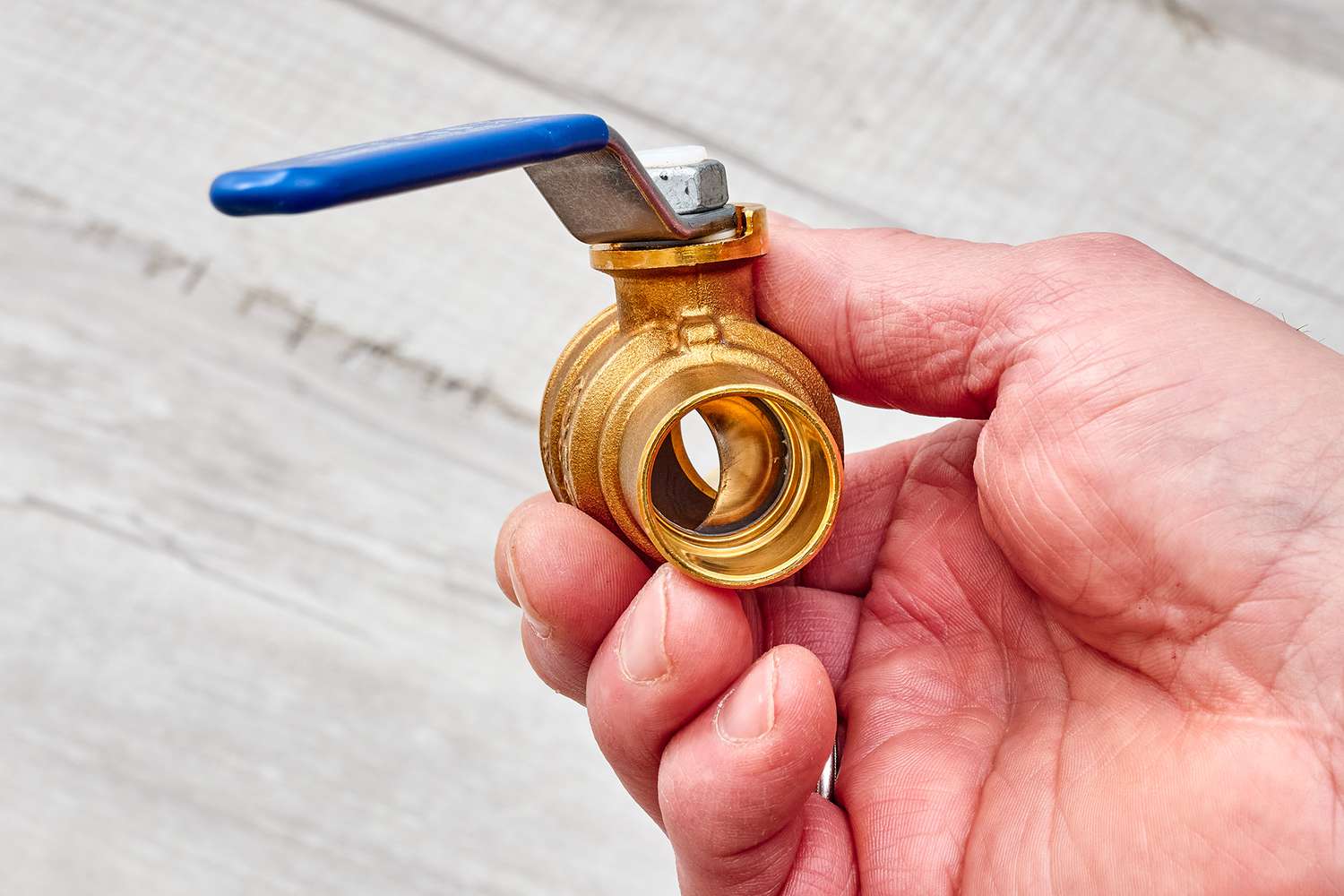
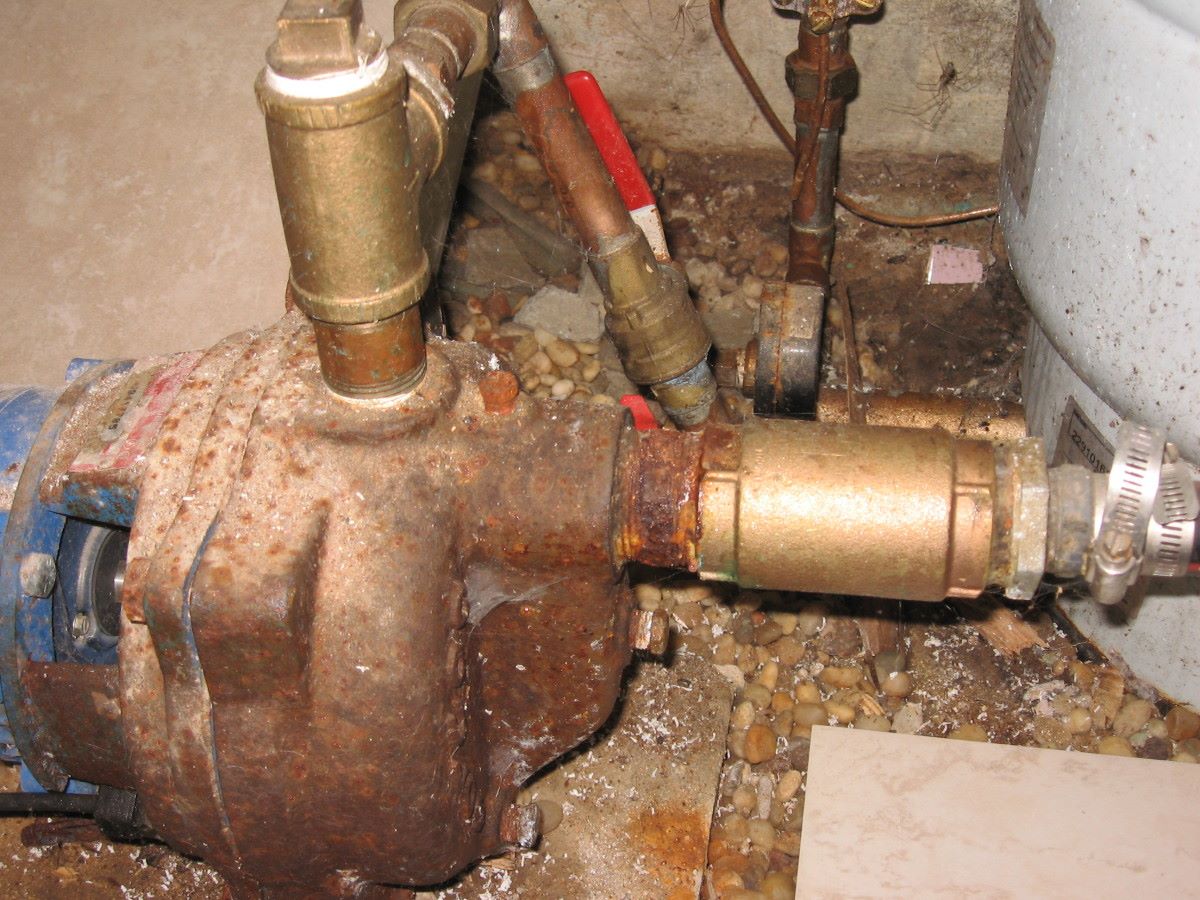
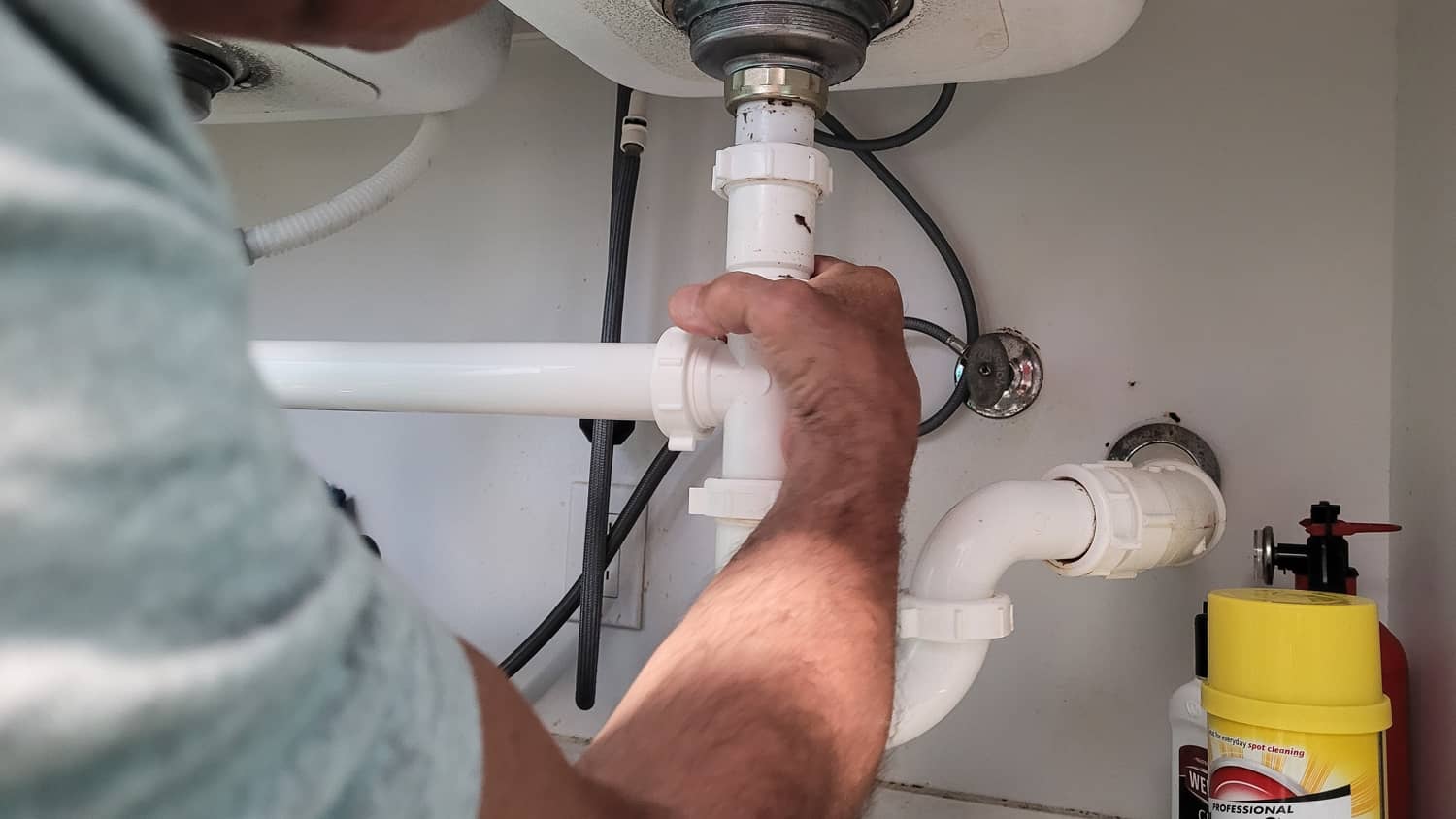
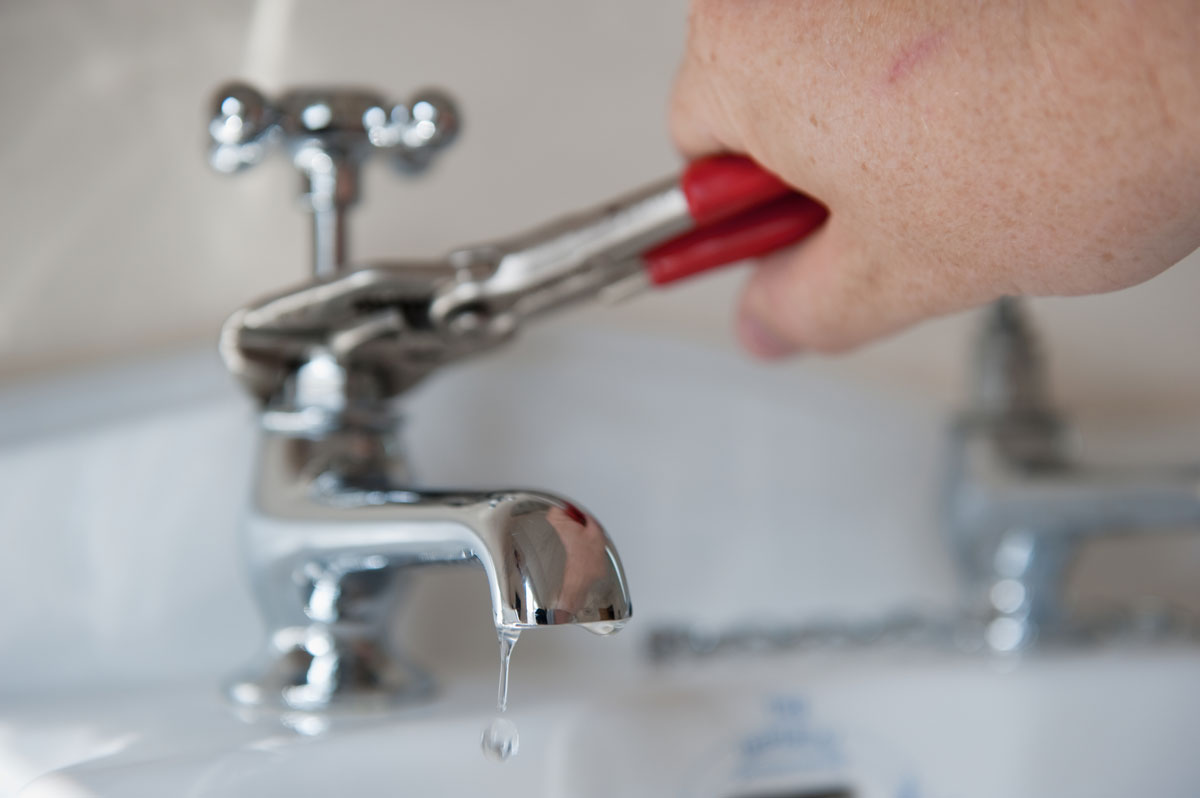
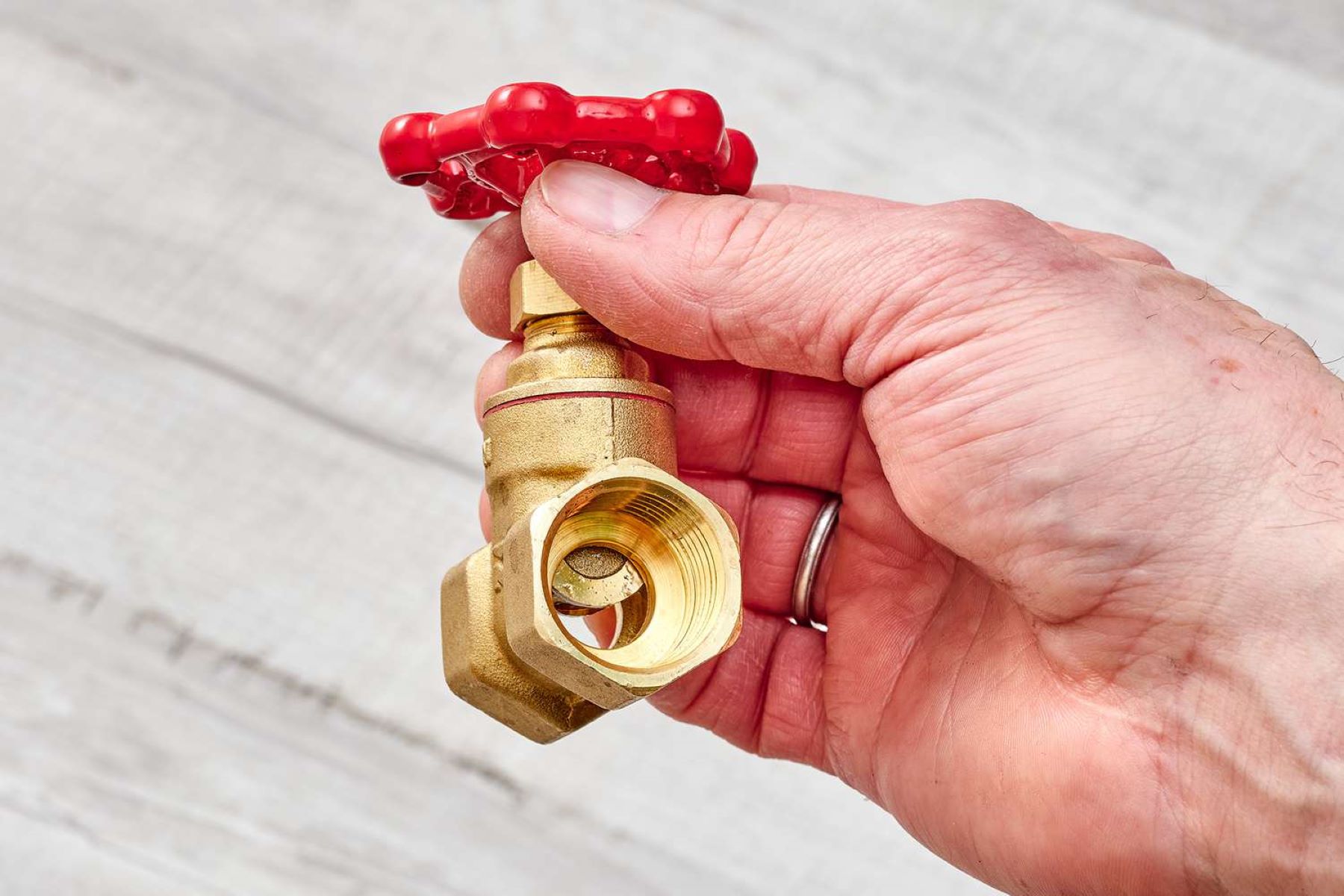
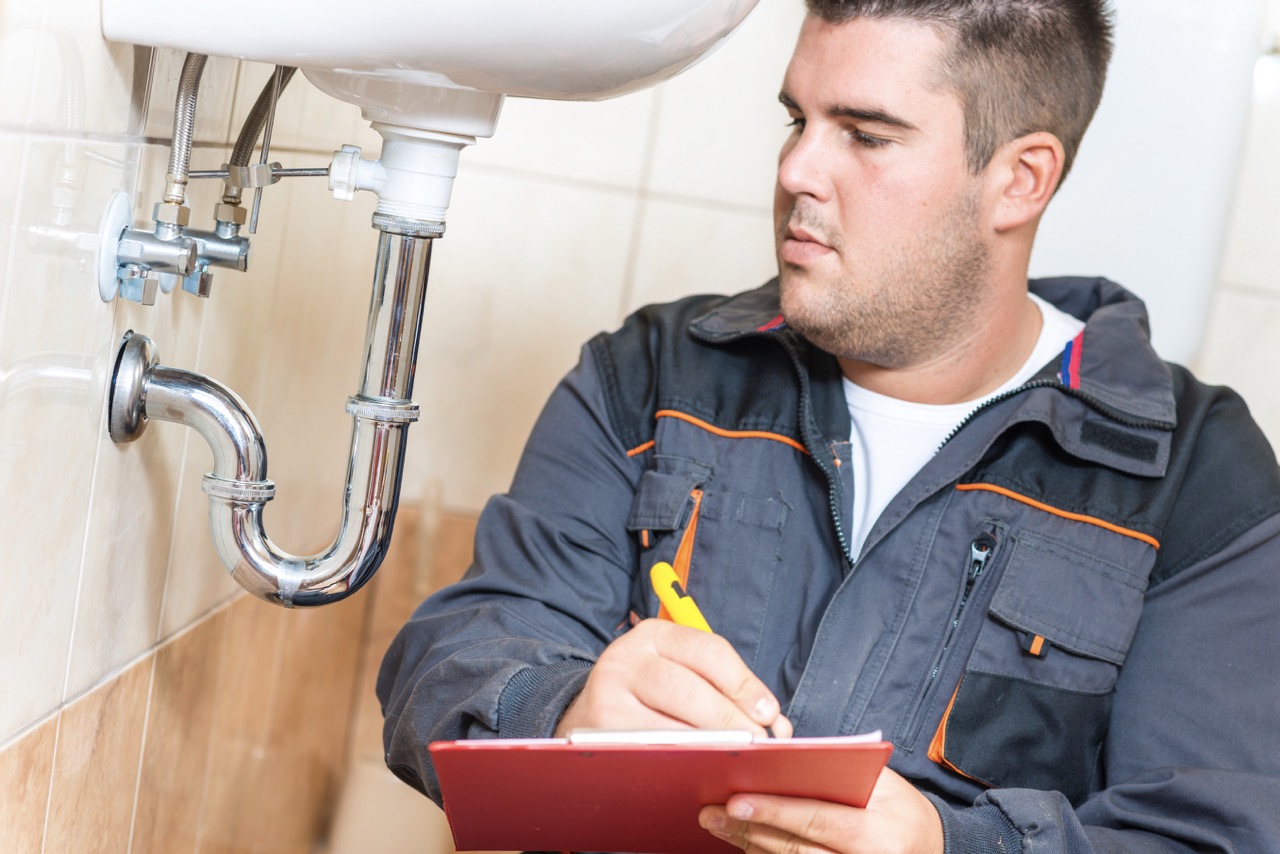
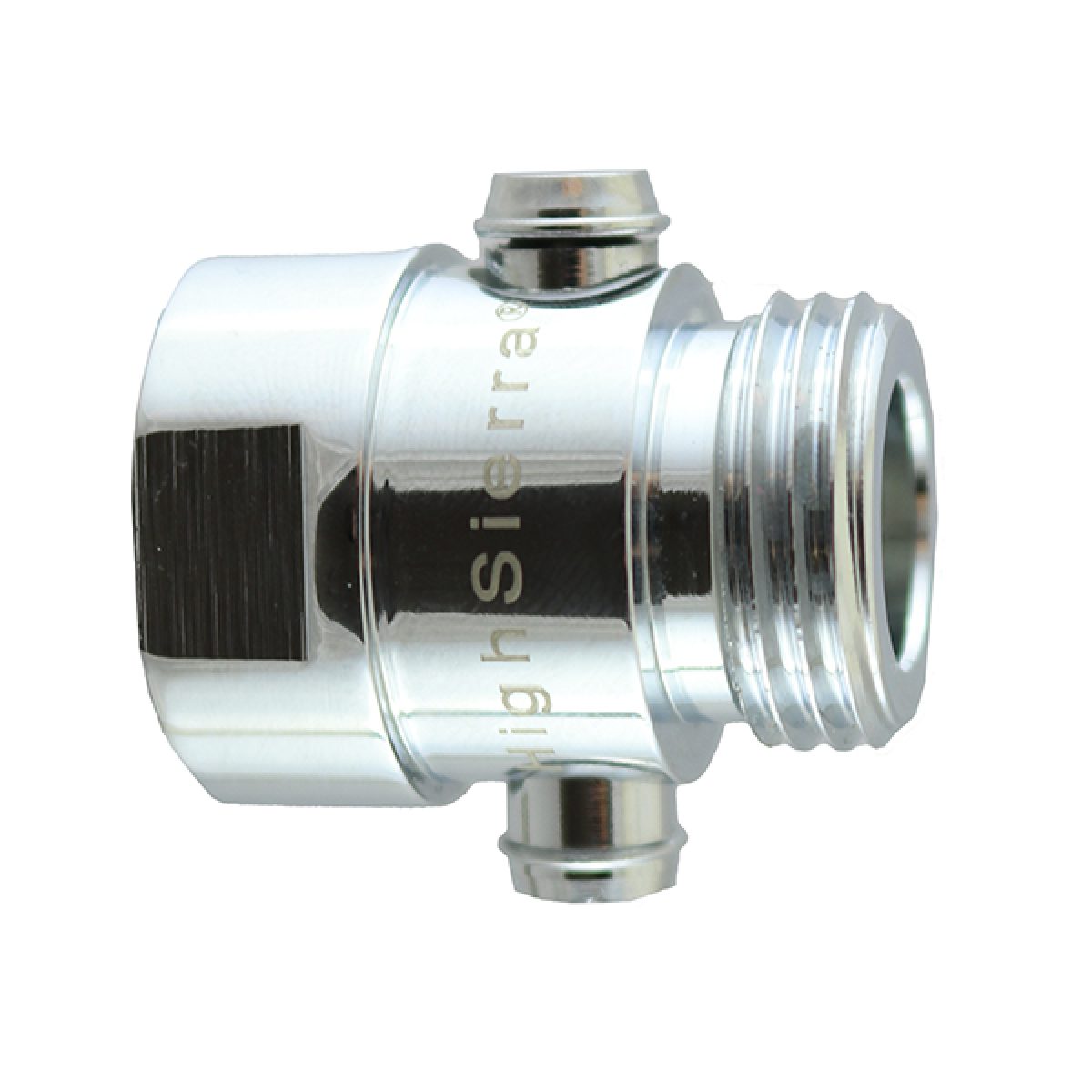
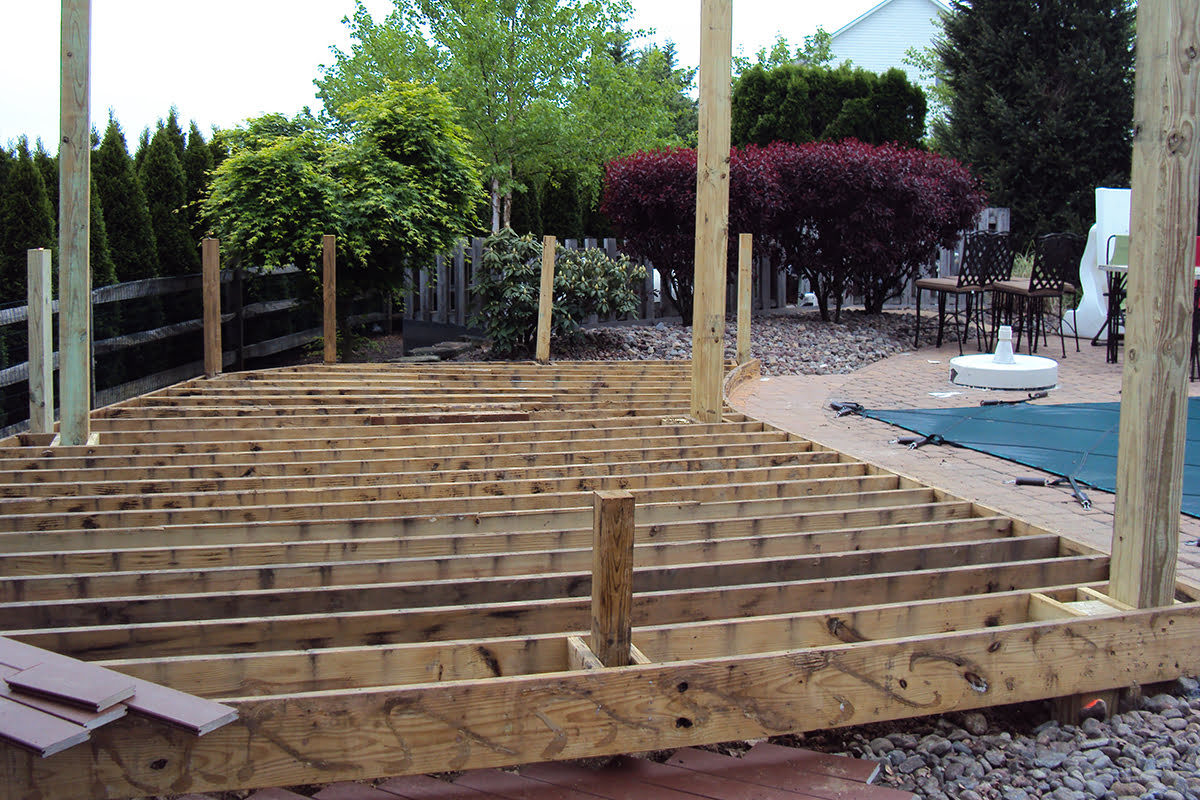
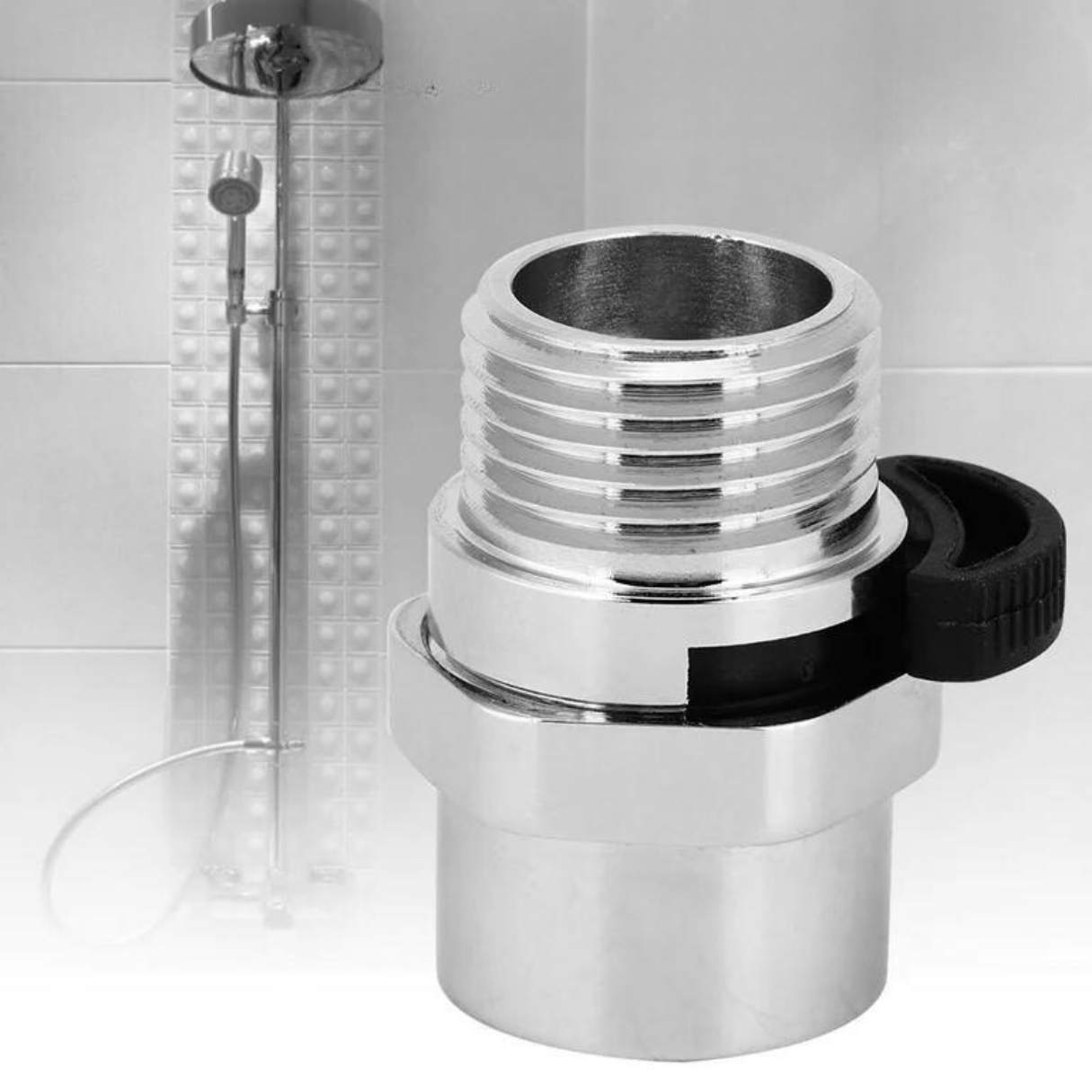
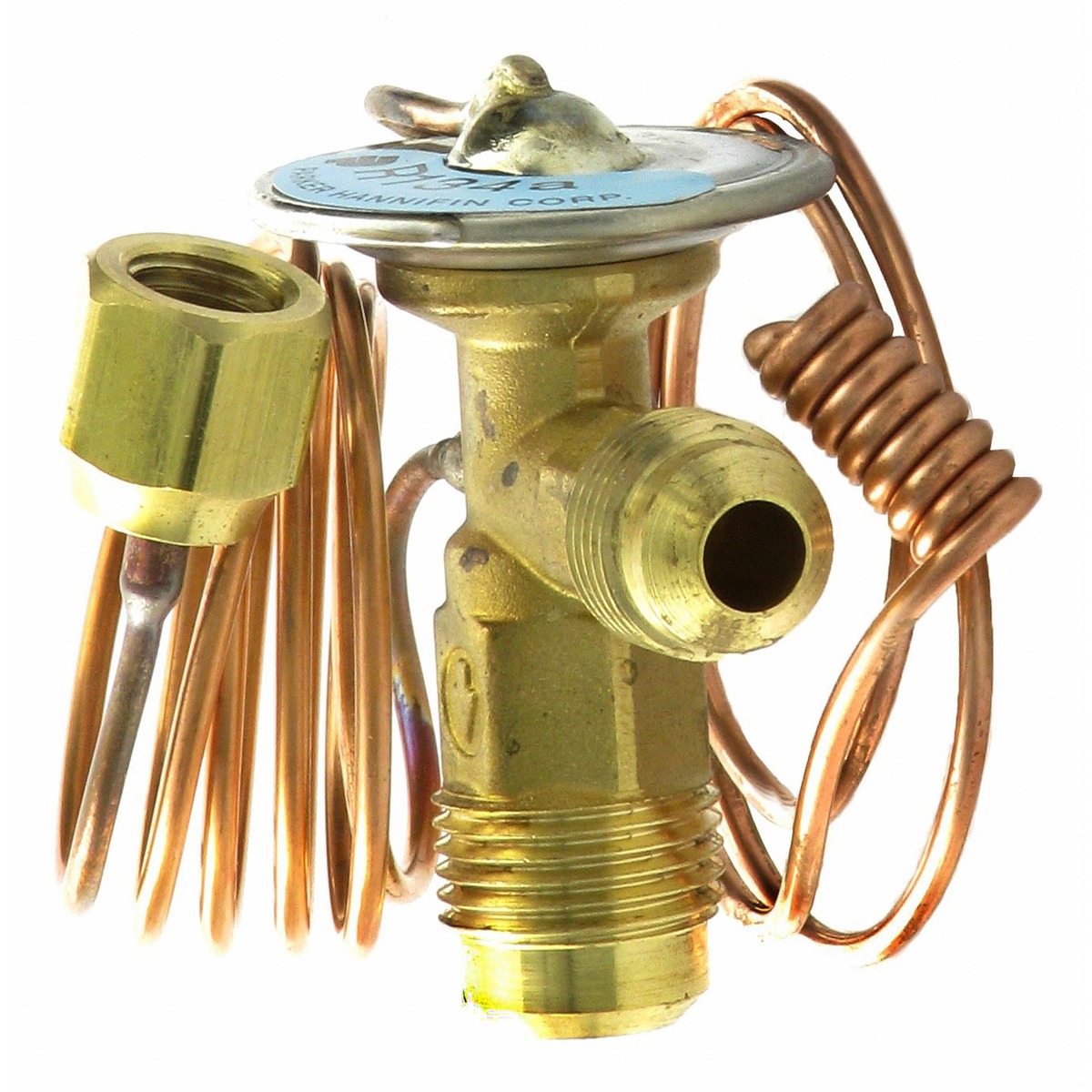
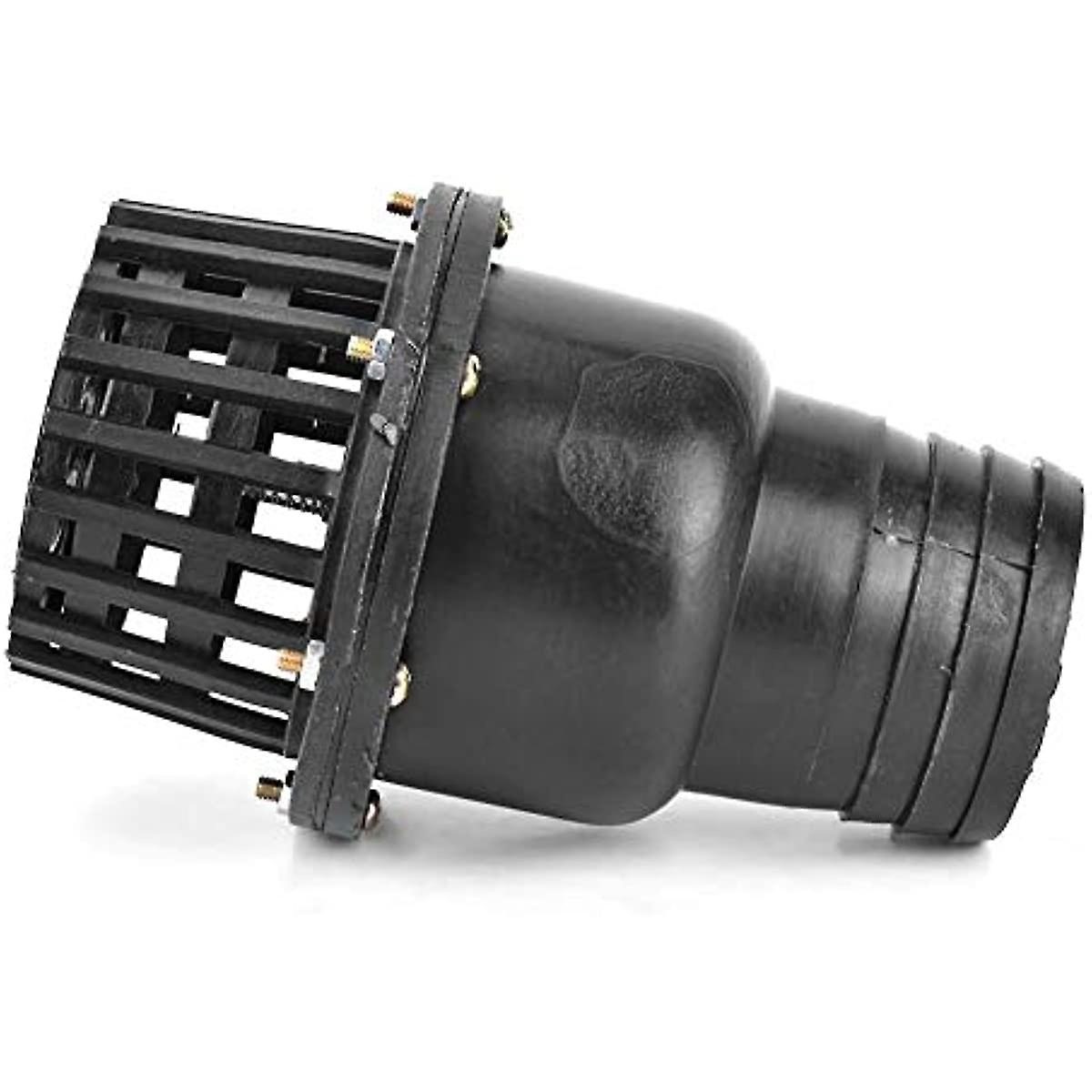
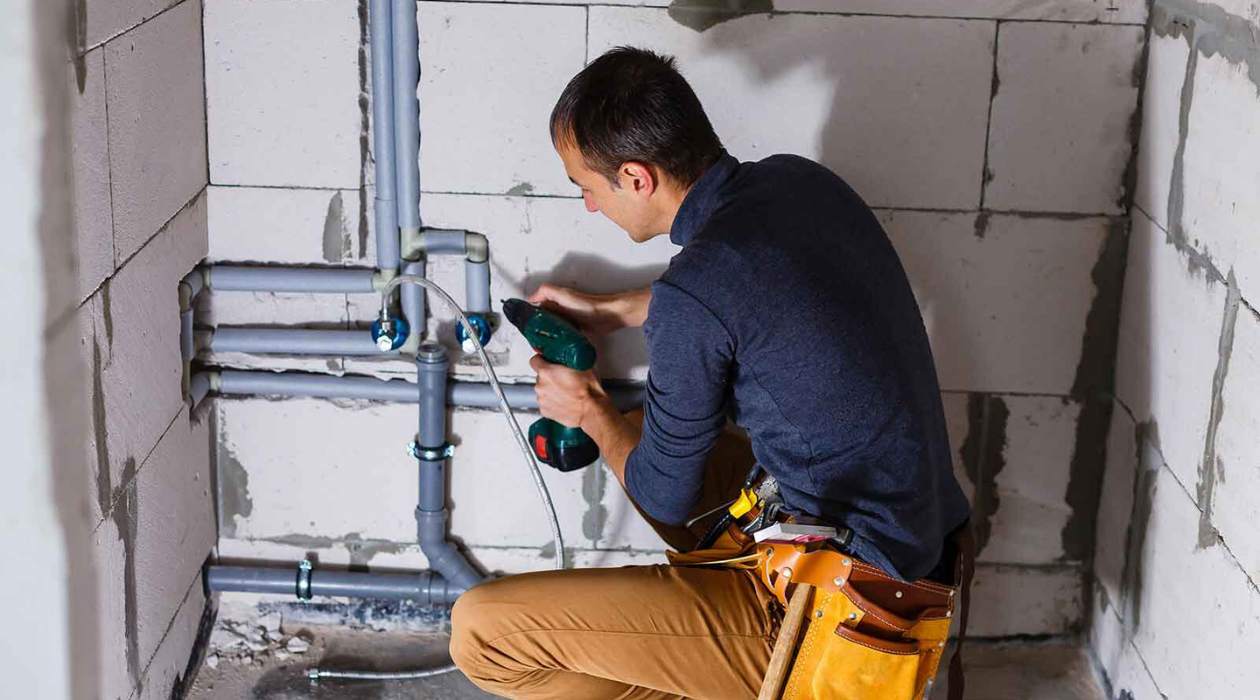


0 thoughts on “What Is A Check Valve In Plumbing”